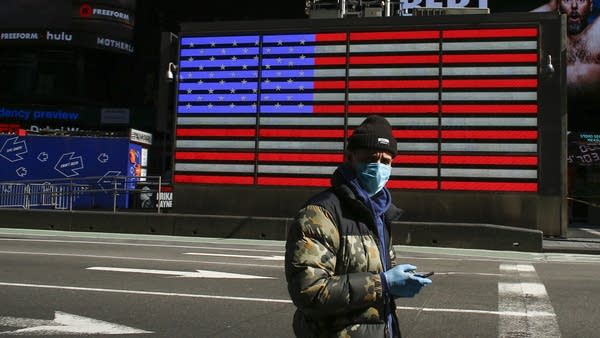Clawing back unspent COVID funds might contribute to a debt ceiling solution — but not much
The exact amount left from pandemic spending bills could be as little as $30 billion — a fraction of this year’s federal deficit.

The so-called X-date — when the federal government will default on its financial obligations — is another day closer without much progress on the debt ceiling.
One area of possible agreement between the White House and congressional Republicans appears to be unspent COVID relief money. Republicans have been clamoring to claw back those funds, and last week President Joe Biden said the idea is “on the table.”
The thing is, there’s not a whole lot of unspent money left.
Congress passed six big spending bills in response to the pandemic totaling $4.6 trillion, according to the Government Accountability Office. Most of that money is already gone, the GAO’s Kristen Kociolek pointed out.
“By far, the vast majority of the funds have been obligated. There are these amounts that are left,” she said.
The exact amount left is not totally clear — it was about $90 billion the last time the GAO made an estimate at the end of January. Now, it could be as little as $30 billion, per Bill Hoagland, a senior vice president with the Bipartisan Policy Center.
“If you could claw that back, it’s a nice hunk of change, so to speak, but it is — in the grand scheme of things — it’s a small piece of the negotiations,” Hoagland said.
And it would be a tiny part of the federal deficit of over $900 billion so far this fiscal year.
Still, $30 billion isn’t nothing. Among other things, it’s supposed to go toward modernizing outdated unemployment insurance systems and providing health services to tribal communities.
But it’s not clear that all of the “unobligated” funds can be clawed back, said Mariely Lopez-Santana, an associate professor of policy and government at George Mason University.
“I think it’s going to be very difficult to do this, right? Because we’re talking about, you know, hundreds of agencies,” she said — not to mention all the states, municipalities and tribes that might be expecting this money.







